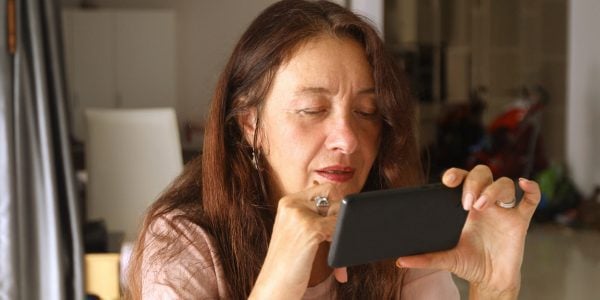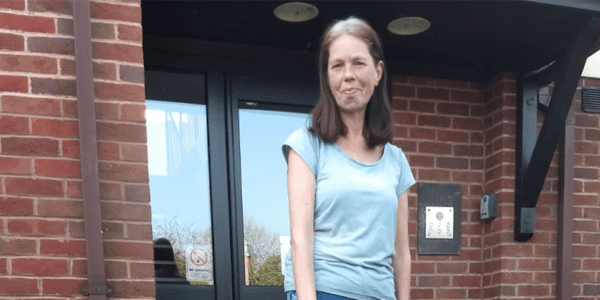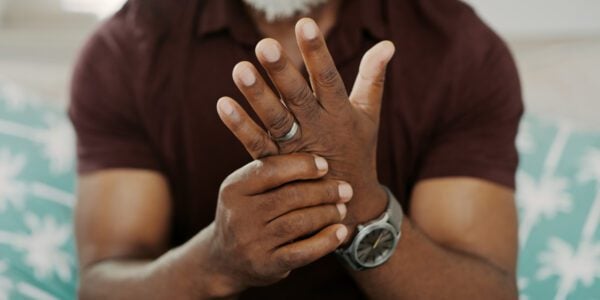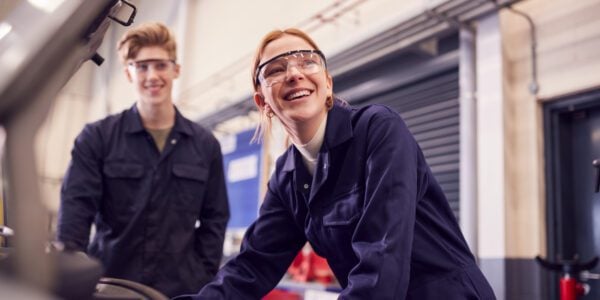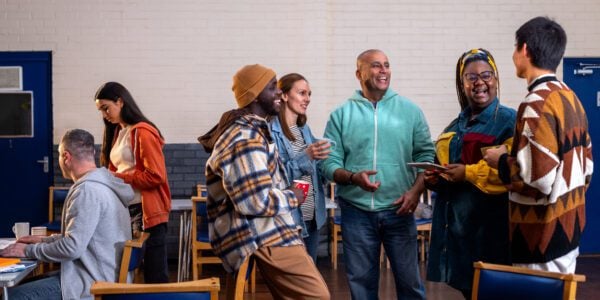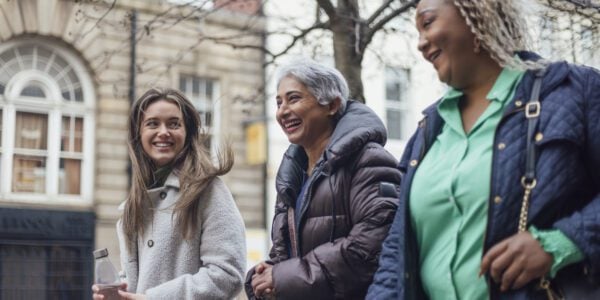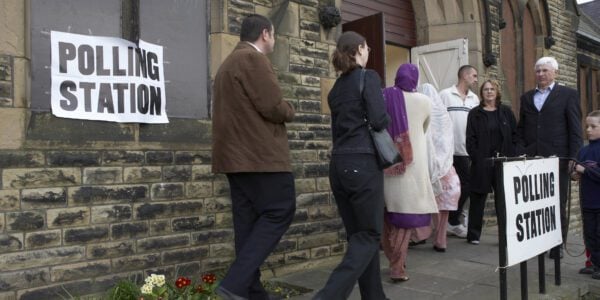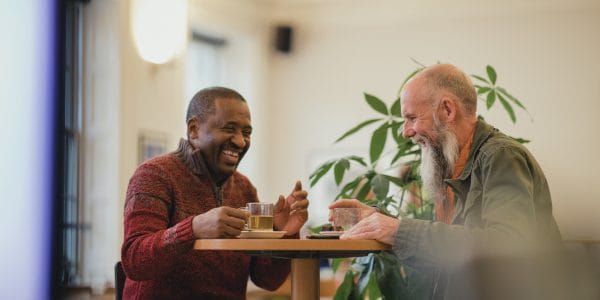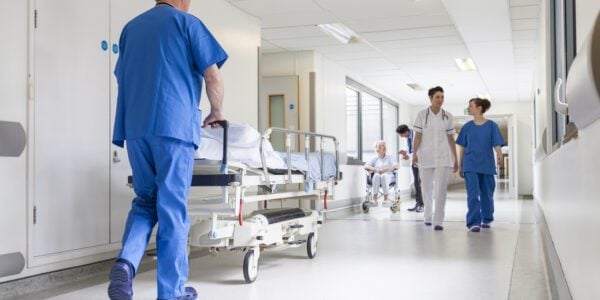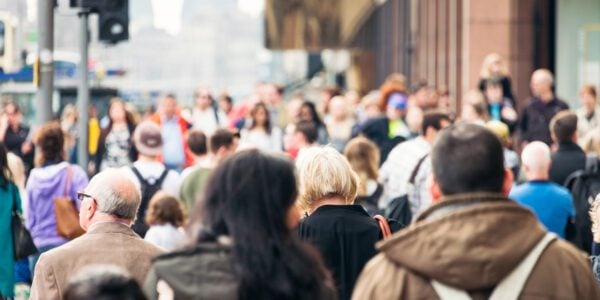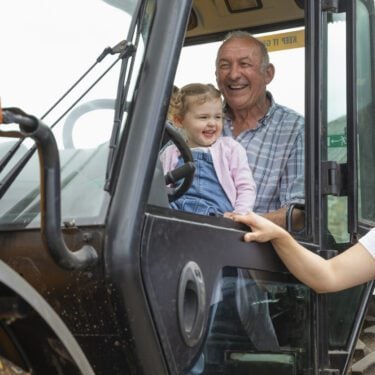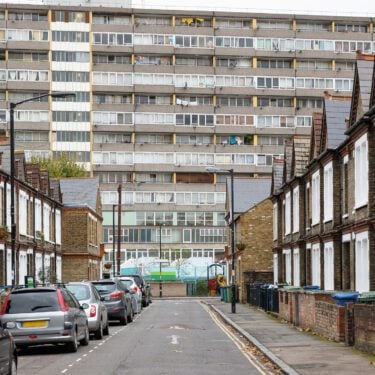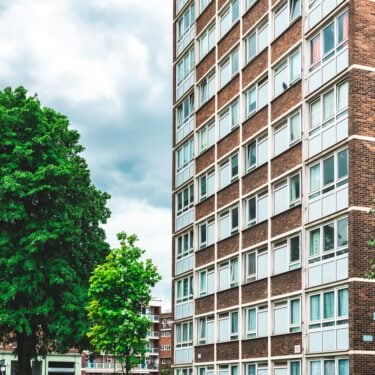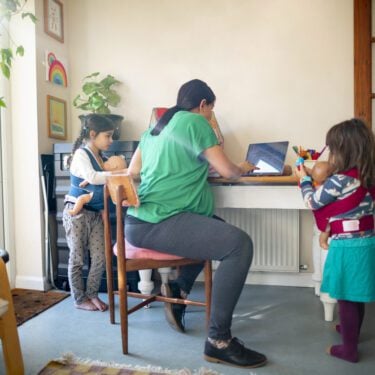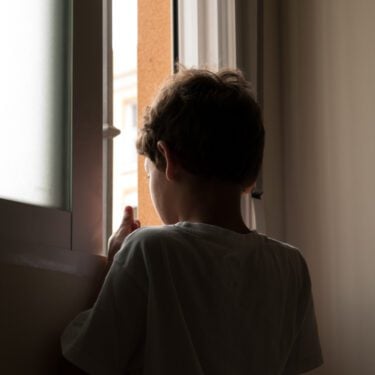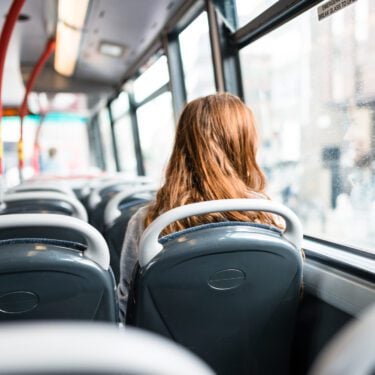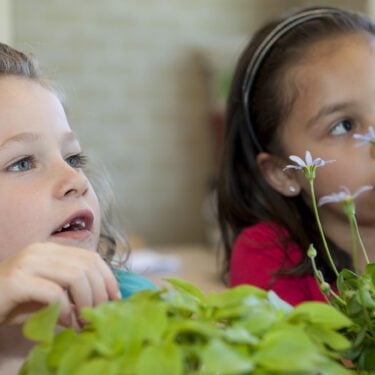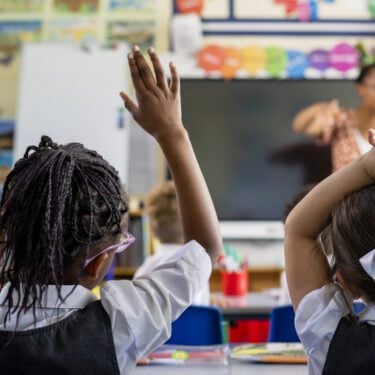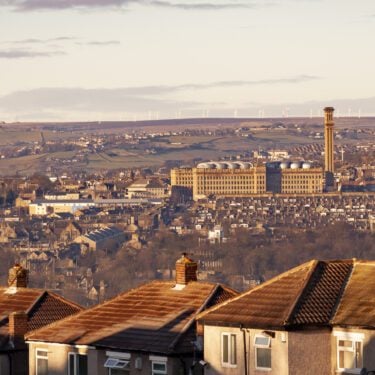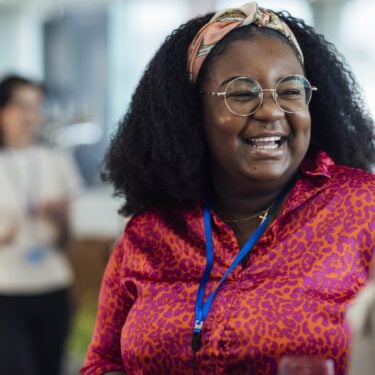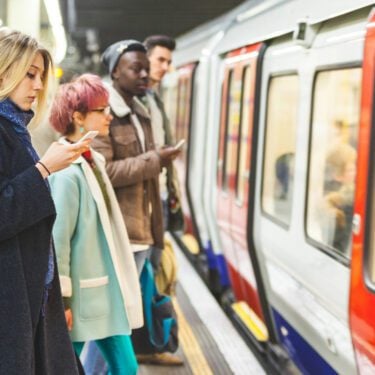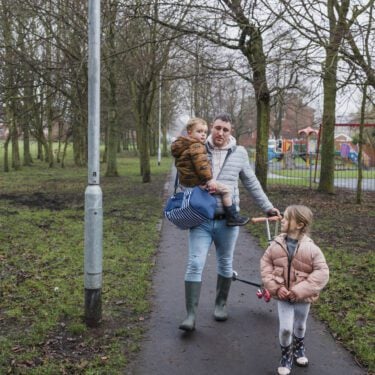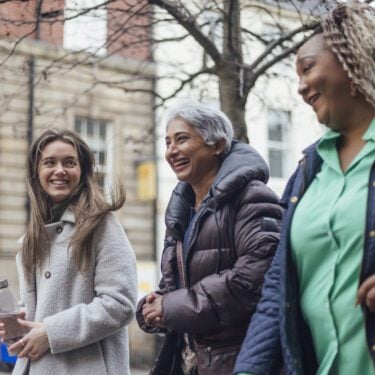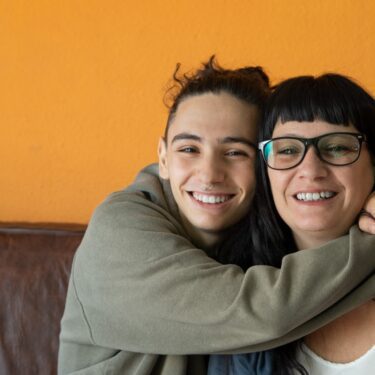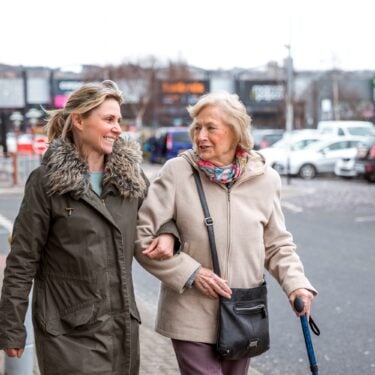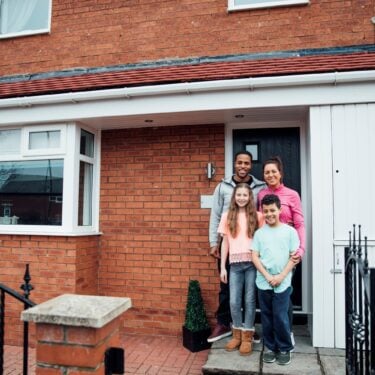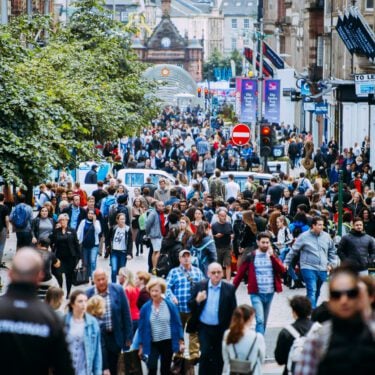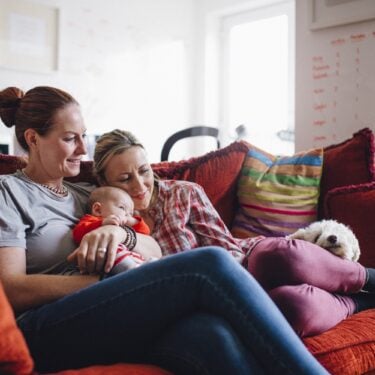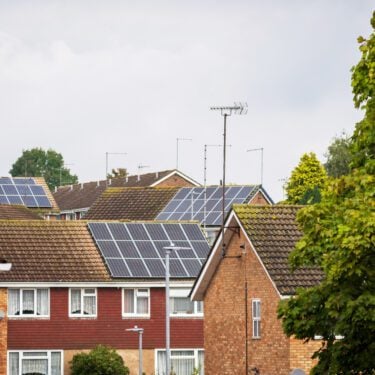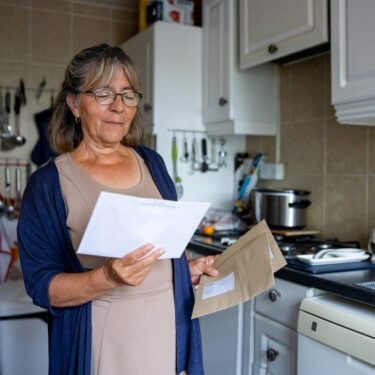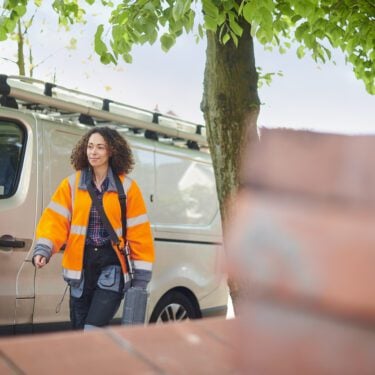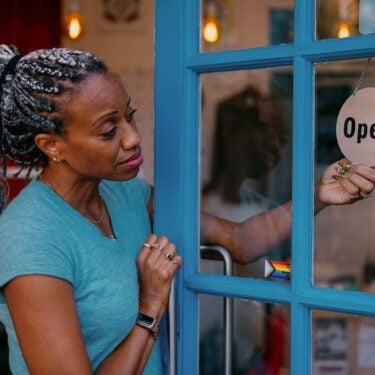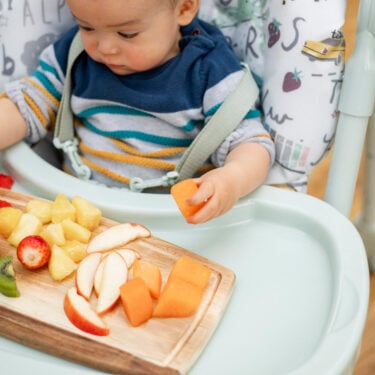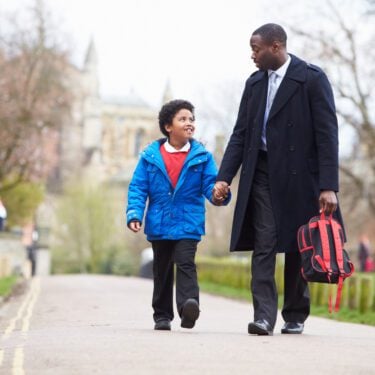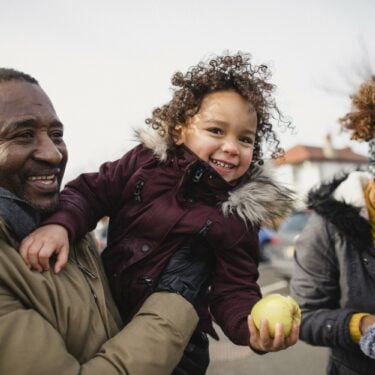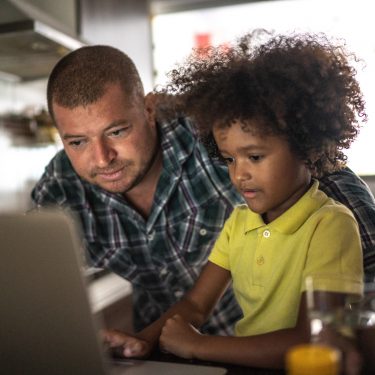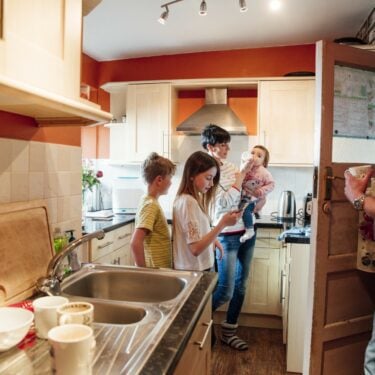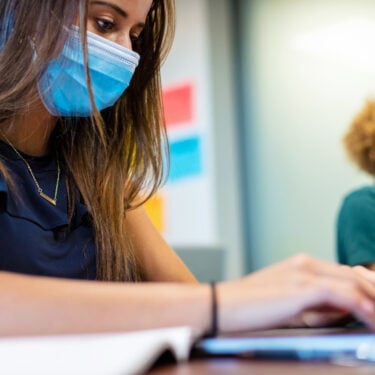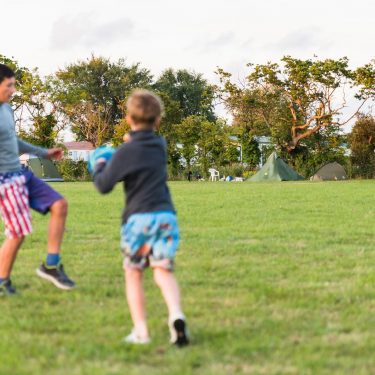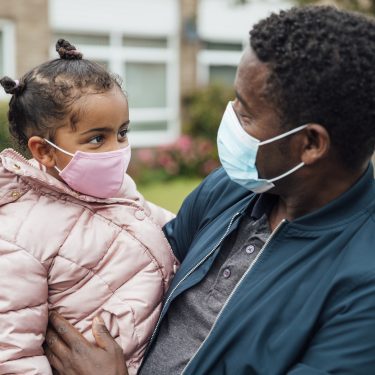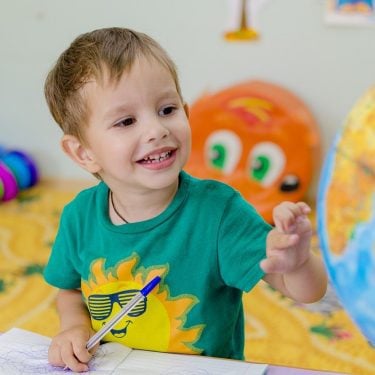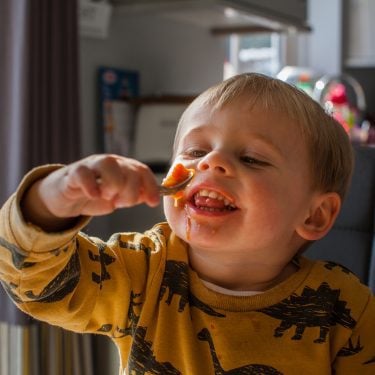
27/10/20
3 min read
An estimated 8 million people in the UK are at risk of being less informed, uninformed or misinformed about COVID-19. Those who consume little to no news and information about about COVID-19 has grown from 6% of the population early in the crisis to 15% by late August.
The Nuffield-funded report, published by the Reuters Institute for the Study of Journalism also shows that a large minority of the public do not feel that the news media or the government have explained what they can do in response to the pandemic. Despite this, most of the UK public are well informed about COVID-19, say they follow government guidelines and are willing to take additional measures if instructed to do so.
The project analyses how the British public navigates information and misinformation about coronavirus and how the government and other institutions are responding to the pandemic. It is based on a ten-wave online panel survey of a representative sample of the UK population. The survey was designed by the Reuters Institute for the Study of Journalism and was fielded online by YouGov between April and August 2020.
Key findings
Most people are well informed. The team gauged how informed people are about COVID-19 by fielding eight factual questions in August with one correct answer, several alternatives, as well as a ‘don’t know’ option. A large majority of respondents (75%) answered most of the questions (five or more) correctly. Many respondents gave answers that are incorrect but err on the side of caution: for example, only 26% give the correct answer to the question on how long they should stay at home if they have symptoms (10 days) but 70% answered 14-21 days. Specialised jargon mostly unknown in February is now familiar to most – including ‘antibody test’ (77%) and ‘R0’ (86%).
Most people say they are cautious. When asked to describe their behaviour during the pandemic, almost half of our respondents say they are always following official guidelines and are taking measures like working from home, limiting contact with others, keeping two metres distance, and washing their hands regularly. If we include those who answer ‘most of the time’, 90% or more say they follow most of these guidelines. The main variations are around social inequality –those with low income and low levels of formal education are much less likely to say they are working from home. However, it should be noted that these are self-reported data, and may not accurately reflect how people actually behave.
Most people are willing to take more measures. The public seems receptive to take additional measures to protect themselves and their loved ones. Between 75% and 90% of respondents say they definitely or probably would wear a mask in public spaces, self-isolate if advised to do so, take a test if offered, and take a coronavirus vaccine if or when one is available. The main outlier is whether people would be willing to download the contact tracing app: in August only 28% said they definitely would do that with another 22% saying they probably would. It is important to note that these data measure people’s willingness to adopt certain measures in theory. In practice, people may find them difficult to adhere to strictly all of the time.
A large minority don’t feel the news media or the government have explained what they can do. In August, only 61% said the news media have ‘explained what I can do in response to the pandemic’ (down from 73% in April). 58% said the same about the government (down from 67% in April). This means about 20 million people out of the UK adult population of about 52 million do not feel that the news media or the government have explained what they can do.
Information inequality is a real problem. The data shows systematic inequalities around age, gender, as well as income and education in how people engage with information about the coronavirus, suggesting that the ways people navigate the second wave and make sense of the often polarising responses to it will be even more marked by inequality than earlier parts of the crisis.
Recommendations
The report explores the best ways to reach those who consume little or no news about COVID-19 and help them make the best decisions about the pandemic. The BBC is the most widely used news source in this group. They are also more likely to use social media such as Facebook and Twitter, and might also be reached via these platforms. The report suggests that the best way to communicate with the broad public in the next stages of the coronavirus crisis is to focus less on politicians and pundits and more on the sources that are highly and broadly trusted, and demonstrably help people understand the crisis, most notably the NHS and scientists, doctors, and other experts.
